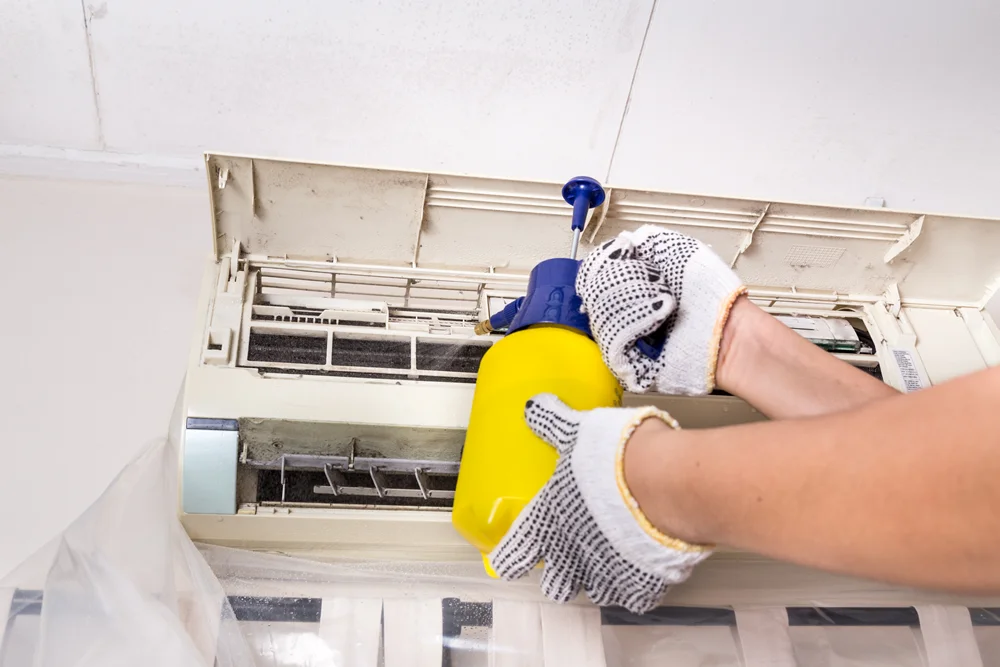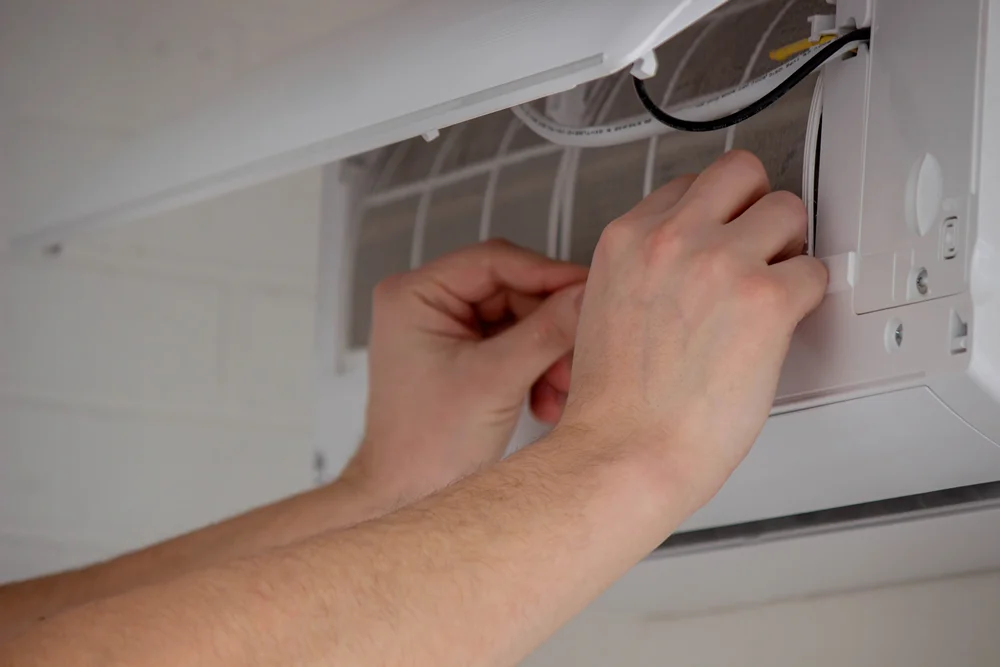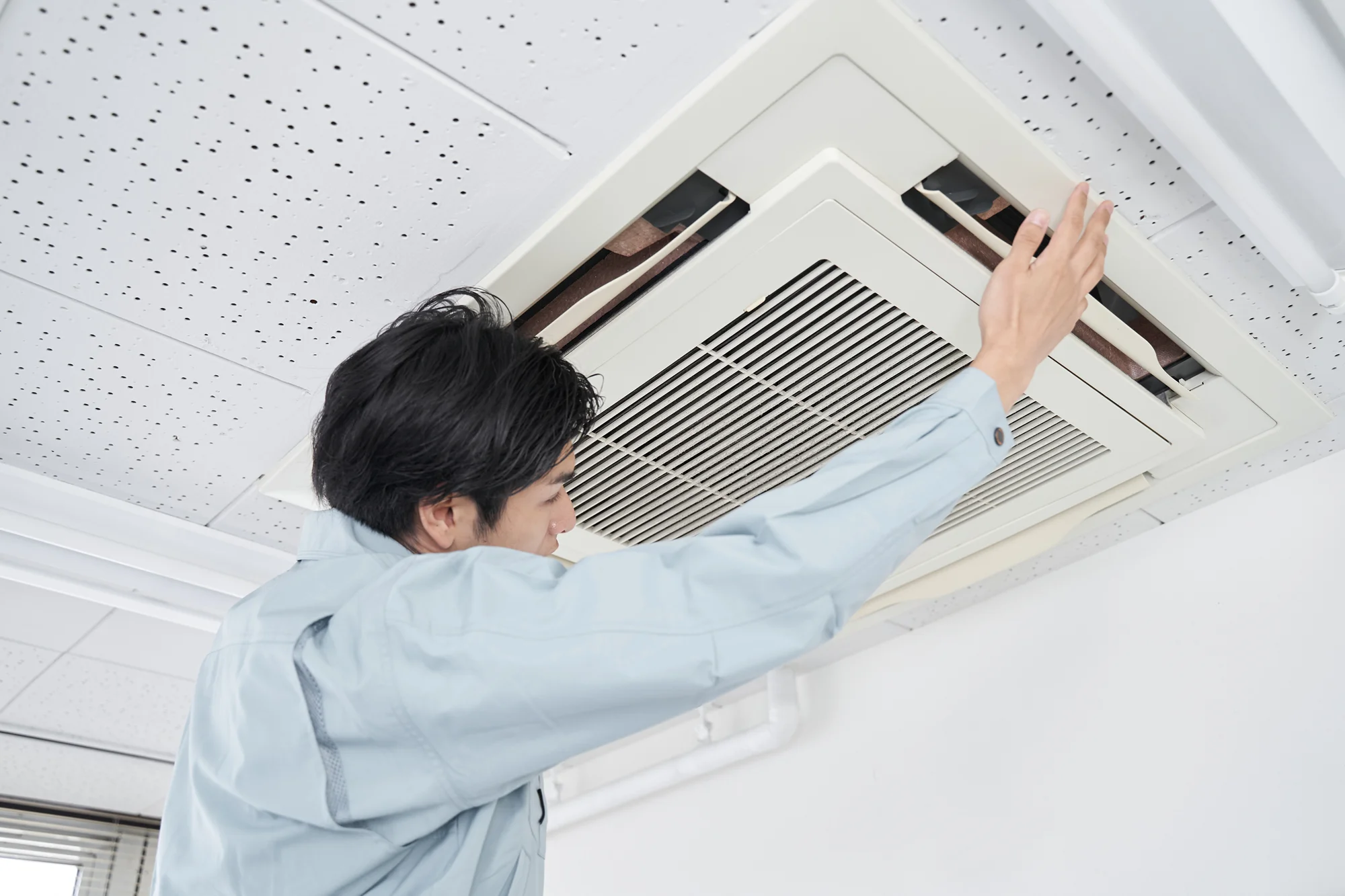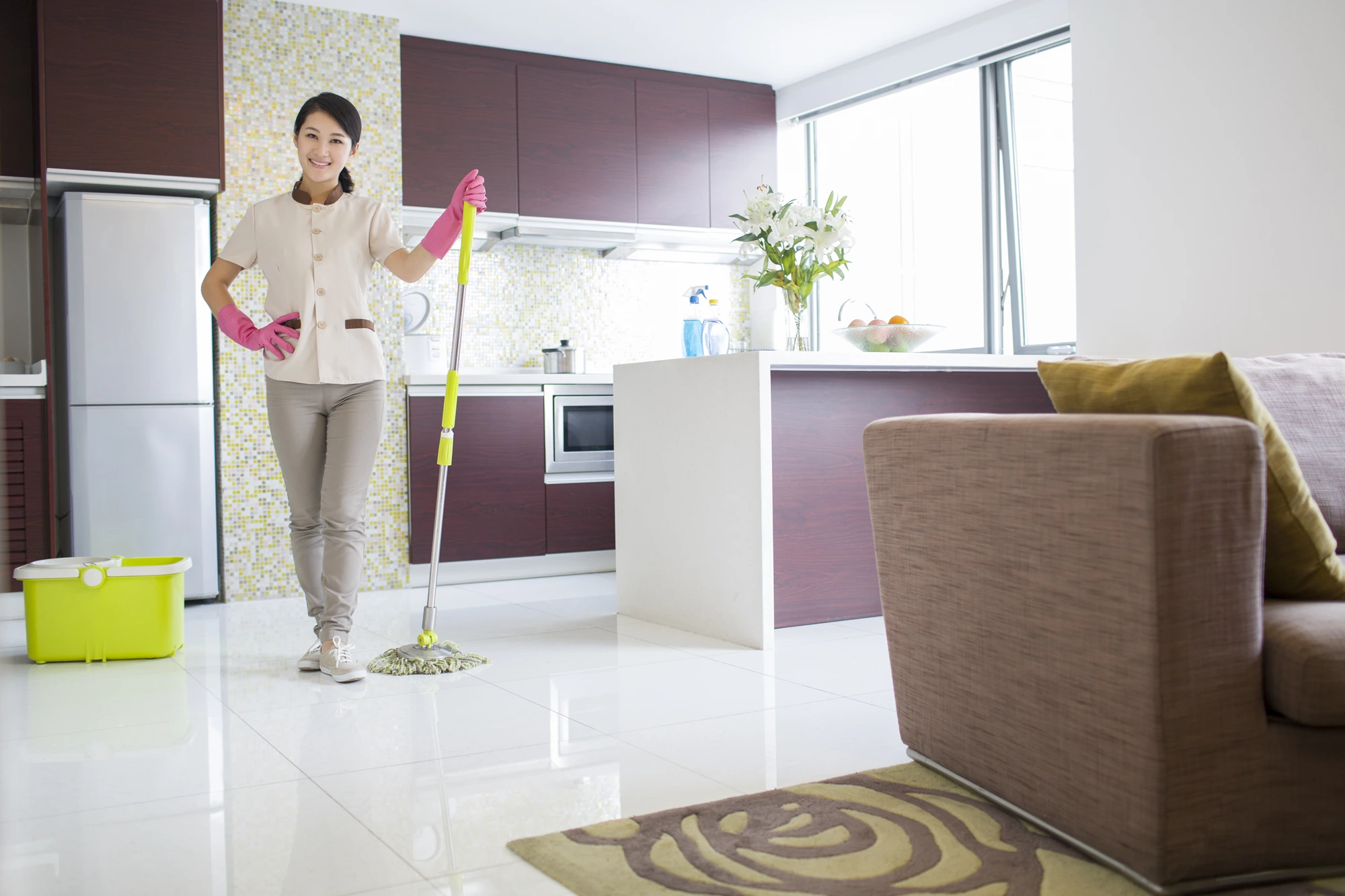As the relentless downpours of the Philippine rainy season begin to subside, a familiar shift happens. The skies over Metro Manila start to clear more often, the air hangs thick with a unique post-rain humidity, and our collective focus turns towards the bustling energy of the “ber” months and the upcoming holiday season. We pack away our umbrellas, check our flood defenses, and start planning for Christmas.
Amidst this seasonal transition, our hardest-working home appliance—the air conditioner—is often forgotten. After months of reduced use or battling against extreme humidity, it sits waiting. The common wisdom for many Filipino homeowners is to only think about aircon maintenance when the searing heat of summer is just around the corner. However, this is a critical and costly misconception.
The period immediately following the rainy season is, without a doubt, the most important and strategically vital time of the year for a thorough, professional aircon cleaning. The wet months, with their constant moisture and powerful storms, create a perfect storm of hidden problems inside and outside your unit. Ignoring them is a gamble that can lead to serious health issues, shocking Meralco bills, and catastrophic equipment failure.
This isn’t just a routine clean-up; it’s a crucial recovery and preparation mission. Let’s uncover the hidden dangers that have been festering in your aircon over the past few months and understand why acting now is the smartest decision you can make for your home, your health, and your wallet.
The Enemy Within: How the Rainy Season Turns Your Aircon into a Mold Factory

The single greatest threat that develops during the rainy season happens deep within the dark, damp core of your indoor unit. While you were enjoying the cooler temperatures, your aircon was quietly becoming the perfect incubator for mold, mildew, and bacteria.
To thrive, mold needs three things: moisture, darkness, and a food source. The Philippine rainy season serves up all three on a silver platter.
- A Constant Supply of Moisture: During the habagat season, ambient humidity levels in Metro Manila frequently soar to 80%, 90%, or even higher. This means the air is saturated with water vapor. Your aircon naturally pulls this moisture-laden air across its cold evaporator coils, causing condensation. While it’s designed to drain this water away, the internal environment remains perpetually damp. Every surface, nook, and cranny becomes a potential breeding ground.
- Periods of Darkness and Stagnation: On cooler, rainy days, many of us either use our aircons for shorter periods or don’t use them at all. This idleness is a major catalyst for mold growth. When the aircon is running constantly, the continuous airflow and temperature changes can inhibit some growth. But when the unit sits dormant for hours or days at a time, the dark, damp, and stagnant interior becomes a petri dish. Dormant mold spores, which are always present in the air, find a perfect home and begin to multiply rapidly and without disturbance.
- A Ready Food Source: What does this mold feed on? The dust, skin cells, pet dander, and other organic particles that were already trapped in your aircon before the rainy season began. This layer of grime on the coils and blower wheel becomes a nutrient-rich buffet for the flourishing mold and mildew.
The Health Consequence: When the rainy season ends and the hotter, drier days return, you’ll switch your aircon back on for long periods. The moment you do, the powerful fan will dislodge millions of these microscopic mold spores and blast them directly into your living space. This invisible cloud is then inhaled by you and your family, leading to what many people dismiss as “ber month sickness”—persistent coughs, sneezing, itchy eyes, sinus congestion, and exacerbated asthma or allergy symptoms. A post-rainy season professional cleaning is the only way to properly kill and remove this hidden health hazard.
The Assault from Outside: How Rain and Wind Batter Your Condenser Unit
While the indoor unit is dealing with a biological threat, the outdoor unit (the condenser) is facing a full-blown physical and chemical assault. The condenser’s job is to release all the heat absorbed from inside your room, and its ability to do so is severely compromised by the effects of the rainy season.
- Corrosive Acid Rain and Constant Dampness: The rain in a dense urban area like Metro Manila is not pure. It’s filled with pollutants and is often acidic. This corrosive mixture relentlessly coats your outdoor unit for months. The constant dampness accelerates corrosion on the delicate aluminum fins, which are essential for heat dissipation. It can also rust the unit’s metal casing and degrade the protective coatings on electrical connections, creating potential points of failure in the future.
- A Barrage of Wind-Blown Debris: The powerful winds from typhoons and monsoon storms act like a giant broom, sweeping up leaves, dirt, plastic bags, twigs, and other debris. A significant portion of this gets plastered against your condenser’s intake vents, or worse, gets pulled deep inside the fins. This creates a thick, matted blanket that suffocates the unit, preventing it from releasing heat.
- Mud and Splash-Back: For outdoor units located on the ground floor or a low balcony, the damage is compounded. Heavy rainfall causes mud to splash up from the ground, which then dries and cakes onto the lower portion of the condenser coils. This is a particularly stubborn form of blockage that a simple rinse often can’t remove.
The Financial Consequence: A corroded, debris-choked outdoor unit cannot function efficiently. It traps heat, forcing the compressor to work exponentially harder and for much longer periods to cool your home. This struggle is translated directly into wasted electricity, and you will see the evidence in the form of a dramatically higher Meralco bill. This hidden inefficiency is one of the primary reasons for post-rainy season bill shock.
Waking a Sleeping Giant: The Risks of Starting an Idle Unit
After a period of reduced use, simply switching the aircon back on can introduce its own set of problems. A professional inspection and cleaning can mitigate these risks before they cause real damage.
- Unwanted Pests and Inhabitants: A quiet, sheltered outdoor unit is a prime piece of real estate for pests seeking refuge from the rain. Ants, wasps, and other insects love to build nests inside the casing, which can obstruct the fan and damage electronics. In some cases, lizards or even small rodents can find their way inside, chewing on wires and creating a serious electrical hazard.
- Mechanical Hesitation: Like any mechanical device, an aircon is designed to be used. During long periods of inactivity, lubricants in the fan motors can settle and thicken. A small amount of corrosion might form on the motor shafts. When you suddenly demand a full day’s work from the unit, these parts can struggle to start, leading to squealing noises, increased strain, and potential motor burnout. A technician will check these components as part of a post-season service.
The Strategic Advantage: Why Cleaning Now is the Smartest Move

Beyond preventing the problems mentioned above, scheduling your aircon cleaning right after the rainy season gives you a significant strategic advantage.
- Be Prepared for Holiday Guests: The “ber” months are synonymous with family gatherings. The last thing you want when your home is full of relatives for Noche Buena is an aircon that smells like a damp cave, blows weak air, or breaks down completely. Cleaning it now ensures your home is a healthy, comfortable, and welcoming place for all your holiday festivities.
- Beat the Inevitable Summer Rush: Every year, a predictable panic happens in March and April. The first real heatwave hits, and everyone rushes to call an aircon technician at the same time. Service companies become fully booked for weeks, and you might be stuck waiting in the sweltering heat. By scheduling your service in the “off-peak” months of October or November, you’ll get faster service, more flexible appointment times, and the full attention of your technician.
- Enjoy Immediate Efficiency and Savings: The end of the rainy season doesn’t mean the end of the heat. We still get plenty of hot, humid days leading up to the cooler peak of December and January. A newly cleaned, highly efficient unit will handle these surprise heatwaves with ease, keeping you comfortable without causing an unexpected jump in your Meralco bill.
Conclusion: A Mission of Recovery and Preparation
Do not mistake your air conditioner’s silence during the cooler, rainy days for good health. The wet season is a period of silent, creeping decay. It attacks your unit from the inside with biological growth and from the outside with corrosion and debris.
Therefore, a post-rainy season cleaning is not just another chore on your to-do list; it’s the most important maintenance you will perform all year. It is a mission of recovery—to undo the damage and remove the health hazards that festered during the wet months. And it is a mission of preparation—to ensure your unit is efficient, reliable, and ready for the demands of holiday gatherings and the inevitable return of the intense Philippine heat.
Don’t wait for a foul smell, a weak airflow, or a shocking Meralco bill to be your reminder. Be proactive. Schedule a professional deep cleaning for your aircon today. Reclaim your unit from the rainy season and ensure your home is a sanctuary of cool, clean, and healthy air for the months to come.




